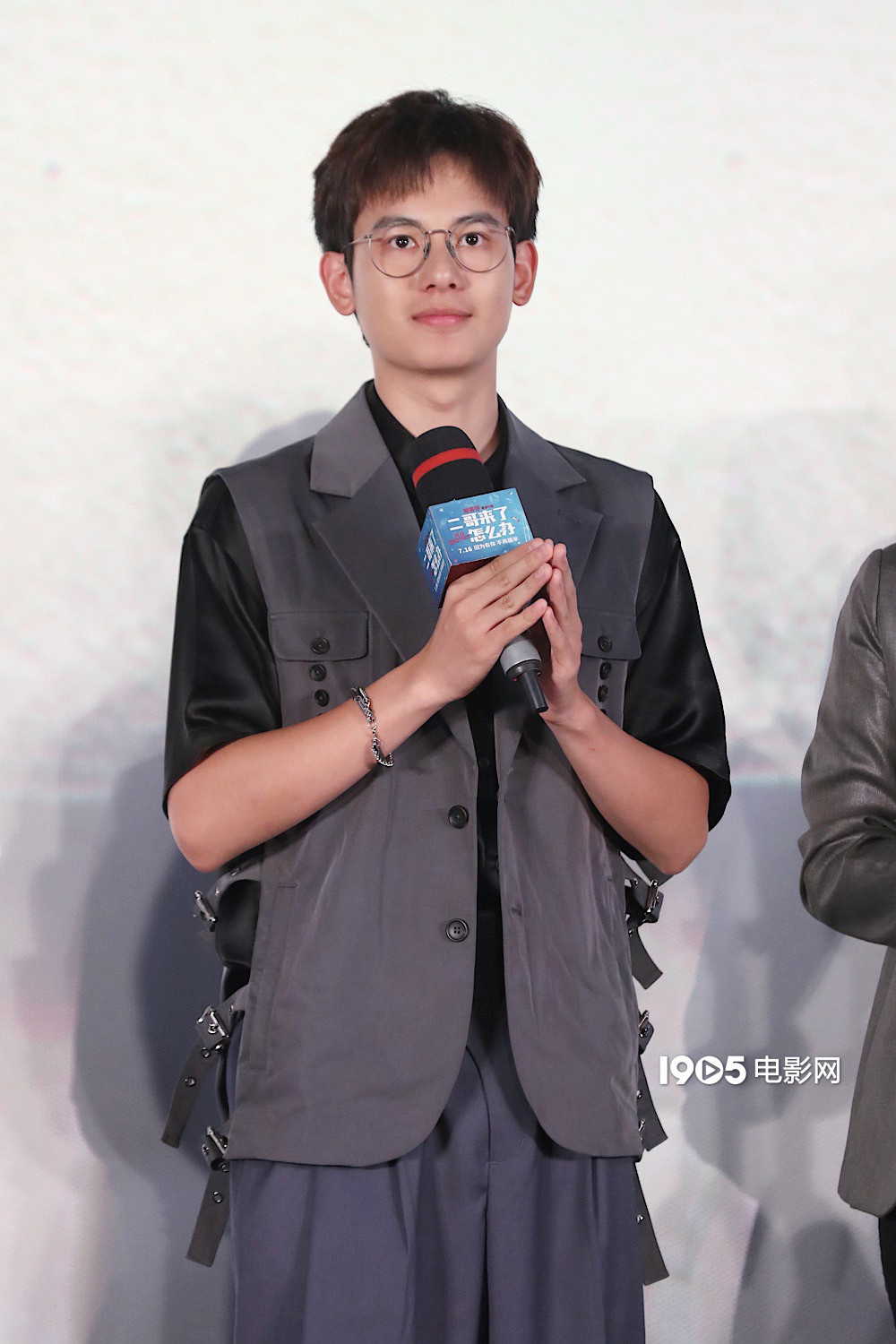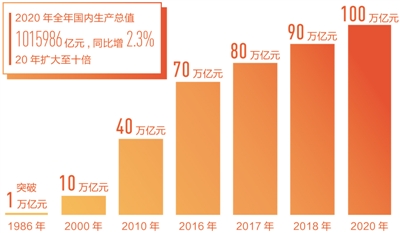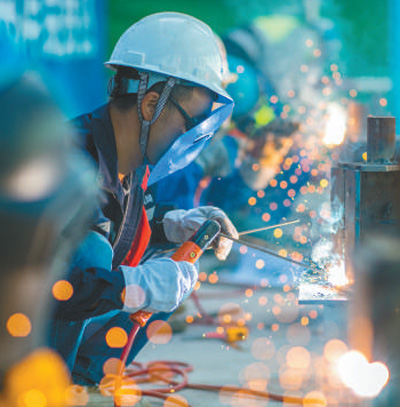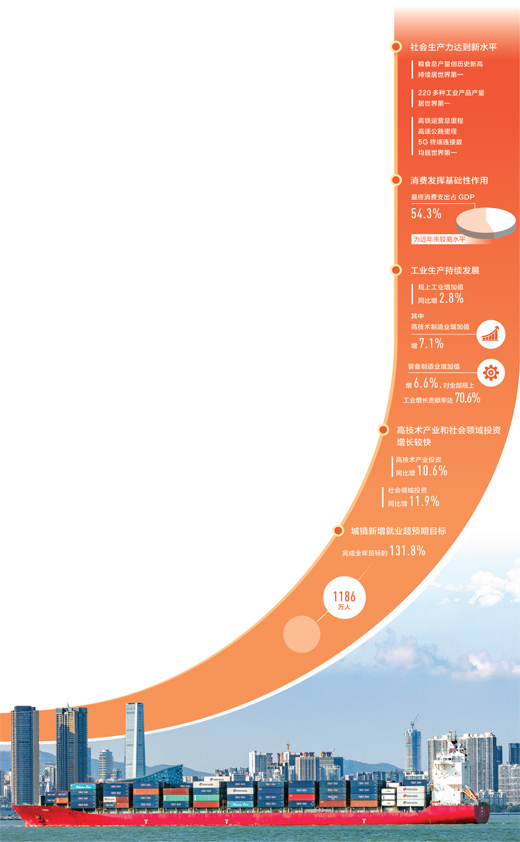The record of moon cakes first appeared in the Northern Song Dynasty, and the August 15th of the lunar calendar was officially designated as the Mid-Autumn Festival, and there were seasonal foods such as "small cakes are like chewing the moon, and there are crisps and fillings in them". In the Ming and Qing Dynasties, the activities of appreciating the moon were popular. Lu Qihong’s "Beijing’s Year of China" contains: "On the Mid-Autumn Night, people have their own symbols of the Moon Palace, and the symbols are free from standing like people; Chen melon and fruit are in court, and the cake surface is painted with moon palace toad exemption; Men and women worship incense and burn it. " Therefore, in addition to the traditional customs such as watching the moon, watching the tide, burning lanterns and guessing riddles, eating moon cakes is the most memorable thing for Chinese at present.
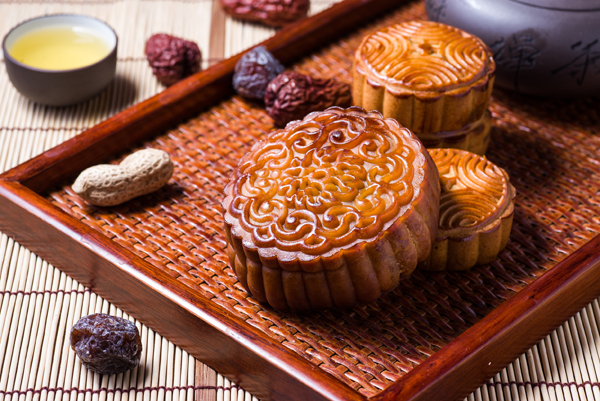
Beijing Four Seasons Hotel —— Innovation without losing tradition
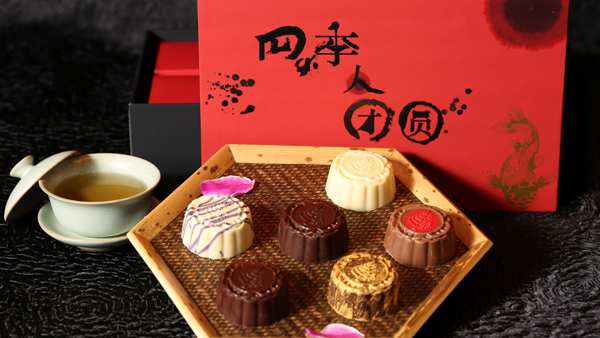
The Four Seasons Hotel in Beijing exclusively launched the unique fafna chocolate moon cake, selected the world’s top fafna chocolate, fully displayed the warm and pure taste and layered taste of fafna chocolate, and then skillfully blended with novel flavors such as raspberry, blue flower and salted caramel, so as to create a perfect surprise and unique flavor such as matcha raspberry chocolate, blue flower earl grey chocolate, Chinese spiced chocolate and salted caramel chocolate.

Of course, in addition to this unique chocolate moon cake, guests who like tradition can also buy traditional moon cake gift boxes. Classic tastes include Cantonese bean paste, egg yolk red lotus, osmanthus yam, sugar alcohol egg yolk red lotus and Beijing-style hawthorn. You can also choose a luxurious gift box that combines innovation with traditional moon cakes, and it is also matched with exquisite and rich gifts such as lotus seeds, red dates, secret xo sauce, Iberian ham, Cantonese sausage, macaroon (9 capsules), French red wine and Chinese black tea.
Langham place hotel, Beijing Capital Airport-Recommended by Star Chef

The Chinese restaurant under the Langham Hotel Group enjoys a good reputation. The Tang Pavilion and Ming Pavilion in Hong Kong have been awarded the three-star and two-star ratings by Michilian respectively, and Yidongxuan’s traditional Cantonese cuisine has also won numerous awards. The star chefs of the three restaurants jointly promoted a variety of ingenious moon cake gift boxes, which were packaged in brand-new exquisite brocade boxes, and were selected as gifts for the Mid-Autumn Festival.

Langham’s traditional moon cakes with double yellow and white lotus seed paste are made of authentic and exquisite materials. The white lotus seed paste with smooth taste is matched with sweet and salty egg yolk, and the entrance is sweet and oily, which adds festive atmosphere to the festival. The classic mini golden milky yellow moon cake carefully created by the team of star chefs has been improved and upgraded, and its skin is thin, soft, sweet and smooth, which is unforgettable. If it is a gift for relatives and friends, the first choice is the mini splendid moon cake box. The four flavors are all made of YEATION’s superior materials, including egg yolk white lotus seed cake, milk yellow moon cake, black truffle five kernel moon cake and pine nut spot blue lotus seed cake. They are rich in layers and have their own characteristics, showing their noble tastes.
Beijing Hong Kong Jockey Club-Horse racing patterns show dignity

The Hong Kong Jockey Club in Beijing also produced a variety of mooncake gift baskets in the Mid-Autumn Festival. Each mooncake is made of high-quality raw materials with low sugar and baked. It contains no lard, no preservatives or additives, and is sealed and packaged with kop water-resistant and oxygen-resistant polypropylene film. The unique moon cake gift box design uses the most representative racing pattern of the Jockey Club, with beautiful shape, novel structure and more auspicious implication.

In addition to the taste, the traditional sugar-coated moon cakes, crispy moon cakes and chocolate moon cakes are all available, including Cantonese-style golden leg five kernels, Cantonese-style egg yolk white lotus seed paste, Cantonese-style mung bean paste, Cantonese-style germ grains, Yunnan-style cloud legs, whiskey hazelnut almond truffle chocolate, coffee almond wine preserved apricots and other flavors. In addition, the Mid-Autumn Festival gift basket with sausage set, wild Lycium barbarum, Admiral ham, palace Pu ‘er tea, black bee linden snow honey and other matching products was launched, and the Mid-Autumn Festival gift basket with flowers and a full moon was available for everyone to choose from.
Huabin Fermon Hotel —— Traditional Boutique of Tea and Moon Appreciation

"behind her closed casement, why is she still waiting, watching through its crystal pane the glow of the autumn moon?. The moonlight is like running water, and it is continuous. " When the Mid-Autumn Festival is full of bright moon, the whole family is reunited, enjoying tea and the moon, thinking about the past and thinking about the future. As the saying goes, "a small cake is like chewing the moon, with crispness and pulp in it." Beijing Huabin Fermon Hotel presents you with two exquisite traditional mooncake gift boxes, which will bring you the ultimate enjoyment.
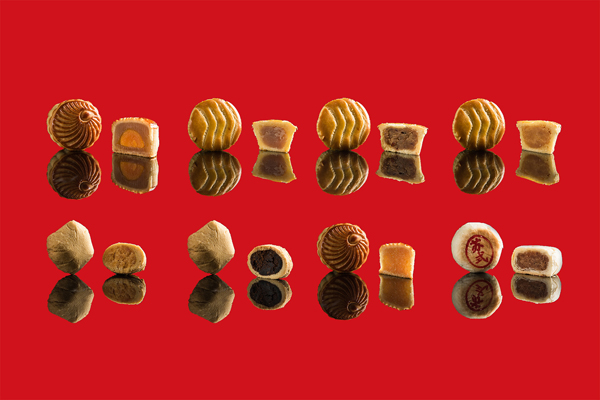
Although there is no unique innovation in taste and appearance, it contains a variety of flavors, such as Cantonese coconut king cheese, Cantonese melon kernel bean paste, charcoal roasted walnut cheese, Cantonese fresh coconut, Cantonese jujube paste walnut, French taro, roasted coffee hazelnut, Soviet rose smoothie, white lotus egg yolk, etc. For those who like traditional styles, it is definitely a good choice to return to the comfortable lifestyle of enjoying tea and moon cakes.
Beijing yiheng hotel-exclusive enjoyment of fashion atmosphere

Beijing Yiheng Hotel selected six moon cakes into boxes this year. While retaining the traditional lotus seed and jujube seed flavors, it also has three original and innovative flavors, namely, orange barley, ice wine maple sugar and Jinsha milk yellow, each of which is worth savoring.

The design of the gift box adheres to the unique style of Yiheng Hotel, and the box body is made of Yiheng’s exclusive blue, which shows the fashion atmosphere; The round gift box and the round hollow design imply reunion.
Sheraton Macau Golden Sands Center Hotel-Healthy and Traditional Mid-Autumn Festival Taste

Sheraton Macau Golden Sands Center Hotel presents three kinds of festive moon cakes specially, which are matched with "Yue Ming Xiang Tea" specially prepared by TWG tea for Sheraton Macau Hotel, which can further sublimate the Mid-Autumn Festival atmosphere of enjoying the moon and tasting moon cakes.
Brand-new five-kernel bacon moon cake, five superior nuts in YEATION-peach, black melon seeds, almonds, white sesame seeds and plums, has a rich taste, which means that it will be full in the coming year. Mini egg yolk milk yellow moon cake, the moon cake skin is thin, sweet and loose, and the milk yellow filling is rich and smooth. In addition, of course, there must be no shortage of the classic Mid-Autumn Festival-low-sugar moon cakes with double yellow and white lotus seeds. The moon cakes are made in a low-sugar way, which makes the taste of white lotus seeds more fragrant. With top-grade egg yolk, they retain the traditional taste while being healthy.

In addition to the healthy and traditional taste of Chinese moon cakes, the jewelry box packaging design of the moon cake gift box is also unique. The unique combination of the jade rabbit, a symbol of the Mid-Autumn Festival myth story, and the wavy pattern carefully pieced together with Portuguese gravel shows the characteristics of Macao’s Chinese and Western cultures, which is definitely a holiday gift for close friends, family members and colleagues.
GODIVA Godiva-Full of Sweet Blessings

GODIVA, a Belgian royal chocolate brand, launched a limited series of Mid-Autumn Festival. The unique chocolates are full of blessings, so that you and your family and friends can enjoy full affection in the quiet night and spend the wonderful time of a happy reunion in the moon.

GODIVA GODIVA Mid-Autumn Chocolate chooses a variety of fruity and quiet fruits, and matches rich and mellow chocolates with different combinations to create four brand-new flavors. Godiva Godiva Godiva Mid-Autumn Chocolate Mooncake selects rich nuts to blend into silky chocolate sauce, and skillfully overlaps with dense chocolate cakes, bringing a unique new taste bud experience, and each bite is a warm blessing. The vivid lotus pattern outlined by the line drawing technique blooms on the shell made of chocolate, adding a touch of finishing touch to the Mid-Autumn Festival moonlit night when you get together with your family and friends. Coupled with the limited gift box with simple and luxurious design, it is appropriate to enjoy the taste and give gifts at this reunion moment.
Paris is sweet-presenting French romantic style.

Paris Beitian, a high-end baking brand, has specially launched four exquisite mooncake gift boxes, inviting you to enjoy the romantic Mid-Autumn Festival.

Paris amorous feelings series is divided into four series: Versailles, Notre Dame, Romans and Opera House. The fantastic Versailles, Notre Dame and Paris Opera House in the gift box are full of romance and are very popular. The included flavors include classic flavors such as red bean paste, egg yolk lotus seed paste, fragrant matcha, five kernels of ham, and Jinsha almonds, as well as innovative flavors such as unique purple potato cheese, rich milk yellow, and red wine cranberry, which are memorable. This time, four four-color mooncake gift boxes are designed to create a perfect Mid-Autumn Festival for consumers. Whether it is a gift to relatives and friends or shared with family, Paris Bette is a good choice for this Mid-Autumn Festival.
Pai Yue Fang-Non-traditional customized moon cakes

The customized mooncake gift box launched by Paiyuefang in Mid-Autumn Festival is full of flowers, full moon, full of affection and true meaning. A pure and beautiful outer box with a golden full moon on a white background, inside which is a set of moon cakes with nine squares. In the brightly colored Jiugongge, the full moon, the jade rabbit and the osmanthus tree present a scene where the moon is full and everything is quiet. For example, in the Mid-Autumn Festival, our joyful wish is: it takes a long time to spend the full moon! We can customize the corporate logo, special patterns, etc. at will, making the gift box unique, noble and exquisite, and become a high-level customized gift.

Among them, the moon cake is a non-traditional "Taoshanpi" moon cake, which is named after it originated from Taoshan, Japan. Using white kidney bean paste, combined with egg yolk, milk, cream and other materials, it has achieved a velvety and smooth taste. Including yellow, green, purple and red moon cakes, each of which has added a little ingenuity.
Yellow and white lotus seed yolk: light sweet and moist white lotus seed yolk and double plump yolk, Mid-Autumn Festival favorite CP!
Green, matcha black sesame: The combination of tea fragrance and sesame fragrance perfectly explains the unique oriental taste, and the acacia red beans hidden in it enrich the aftertaste.
Purple, double purple potato: it is known for its low-key delicacy, and the simple grain fragrance makes the taste rich and full.
Red, rose wine: the beautiful combination meets in the moon cake, creating a stunning taste. Flowers and wine are fragrant, and they drink to the moon.
Beijing Four Seasons Hotel —— Innovation without losing tradition
Langham place hotel, Beijing Capital Airport-Recommended by Star Chef
Beijing Hong Kong Jockey Club-Horse racing patterns show dignity
Huabin Fermon Hotel —— Traditional Boutique of Tea and Moon Appreciation
Beijing yiheng hotel-exclusive enjoyment of fashion atmosphere
Sheraton Macau Golden Sands Center Hotel-Healthy and Traditional Mid-Autumn Festival Taste
GODIVA Godiva-Full of Sweet Blessings
Paris is sweet-presenting French romantic style.
Pai Yue Fang-Non-traditional customized moon cakes

